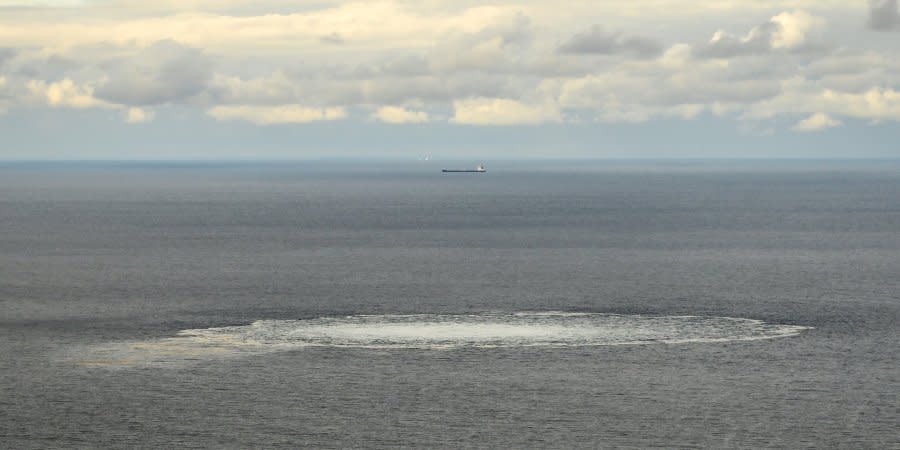Sabotage of Nord Stream gas pipelines leads to largest methane leak in history

According to news agency Reuters, scientists and experts are taking the news of the accident very seriously, and UN spokespeople have already warned about its catastrophic impact on the climate.
Read also: NATO calls Nord Stream leaks sabotage, threatens decisive response
“This is really bad, most likely the largest emission event ever detected,” Manfredi Caltagirone, head of the IMEO (International Methane Emissions Observatory) for UNEP, told Reuters. “This is not helpful at a moment when we absolutely need to reduce emissions.”
Andrew Baxter, who worked in the oil and gas industry and now oversees energy issues at the Environmental Defense Fund, tried to estimate the emissions.
"It’s a very rough estimate, because there are so many variables and unknowns,” he said. “Therefore, it's difficult to say exactly how much methane has entered the atmosphere.”
Read also: Russian warships, submarines spotted near Nord Stream gas leak sites, reports CNN
However, based on the dimensions of the pipes and the water temperature, Baxter estimates that about 115,000 tons of methane were released during the accident.
The fact that methane causes a much stronger greenhouse effect compared to carbon dioxide means that the total impact of this leak is equivalent to the emissions of at least two million cars per year, making it a much greater problem than it might at first appear.
“If these numbers are ultimately confirmed, this would be one of the largest natural gas outflows in history,” said Zeke Hausfather, a climate scientist at Berkeley Earth, a nonprofit data analysis organization. However, he added that this leak wouldn’t have a critical effect on the global climate.
Read also: Nord Stream pipeline sabotage beneficial only to Russia, says ex-Ukrainian FM
Climatologists are currently planning to assess the scale of the disaster, but it will be difficult to do: the monitoring satellites at the time of the explosion were pointed in the other direction, and the sky was covered with cloud, which made it impossible to observe the sea visually from space.
Read the original article on The New Voice of Ukraine

